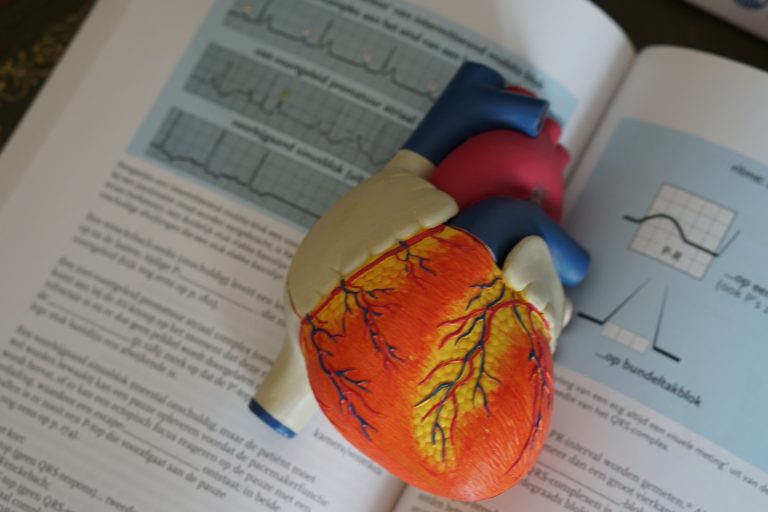The heart is an essential organ within the human body that is responsible for moving blood throughout the circulatory system. The heart’s primary function is to supply oxygen and nutrients to the body’s tissues and organs while simultaneously eliminating waste products. Heart health is vital for the body to operate properly, but when heart issues arise critical health complications can occur, such as a heart attack or sudden cardiac arrest.
Many people associate CPR with heart attacks. However, because heart attacks usually don’t cause the heart to stop beating, CPR is not often needed following a heart attack. In contrast, a sudden cardiac arrest occurs suddenly, without warning, and stops the heart from pumping blood. This is when CPR is needed to save the patient’s life, and to preserve brain and organ function.
What are other differences between heart attack and cardiac arrest? We turned to the American Heart Association for more information.
What is a Heart Attack?
When a blocked artery prevents oxygen-rich blood from reaching a section of the heart, that part of the heart begins to die. If the blocked artery is not reopened, damage can be severe.
Because of the gradual nature of a heart attack, symptoms often begin and build slowly, over the course of several hours, days, or even weeks. And symptoms vary, especially between men and women. It’s important to know and be able to recognize symptoms and seek medical attention as soon as possible.
Top Ten Tips for Choosing Heart-Healthy Snacks

What is a Sudden Cardiac Arrest?
Unlike the slow build of a heart attack, a sudden cardiac arrest occurs with little warning. The effects are immediate. Cardiac arrest is triggered by an irregular heartbeat (also known as arrhythmia). This disrupts the heart’s ability to pump blood throughout the body.
Without CPR performed by a bystander or medical professional, the patient will lose consciousness and die in a matter of minutes. Even if the patient survives, the lack of blood and oxygen to the brain and organs could cause permanent damage.
There are some significant differences between a heart attack and sudden cardiac arrest. Both are serious heart complications that can have fatal consequences. Knowing the signs and how to address each situation is crucial for life-saving emergency response. This is why it’s vitally important for bystanders to know CPR – and be ready and willing to perform it when necessary.
This is an updated blog post that was originally published in 2020.
HeartCert CPR is your trusted training partner for CPR, ACLS, PALS, EMR and First Aid in the Twin Cities and throughout Minnesota.
HeartCert CPR courses include CPR/AED/First Aid and CPR/AED, Basic Life Support (BLS), Advanced Cardiac Life Support (ACLS), Pediatric Advanced Life Support (PALS), and Certified Nursing Assistant training. Courses and certifications from both the American Heart Association and American Red Cross are available.
We are now offering virtual CPR courses and certifications! Find your CPR class at any of our convenient Twin Cities locations, including our headquarters, HeartCert CPR Eagan.

